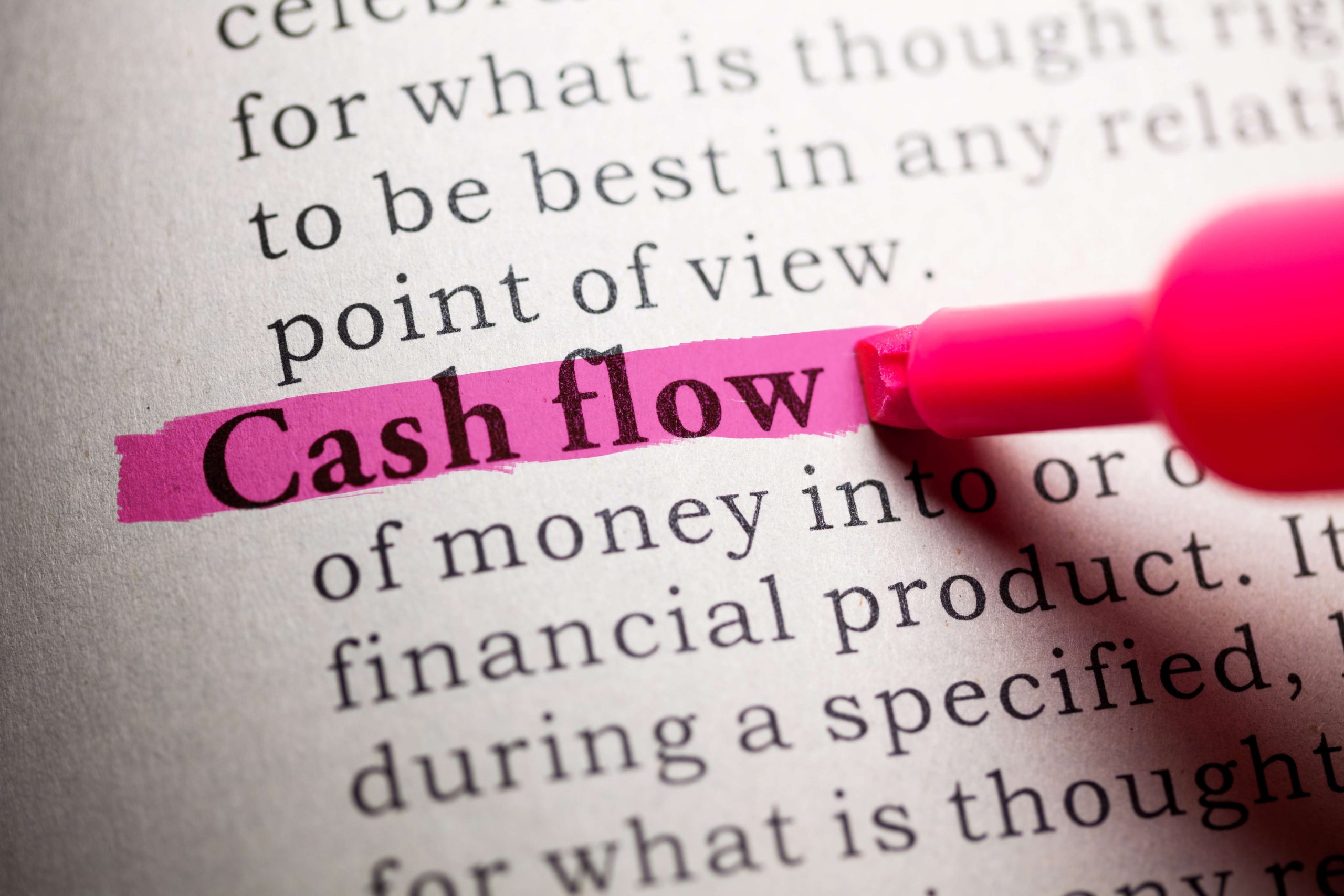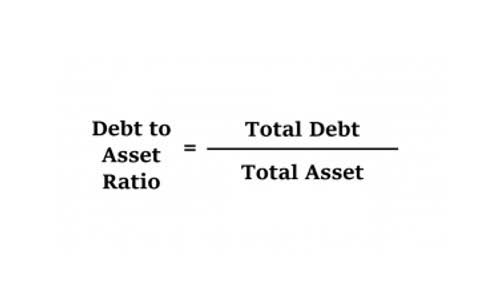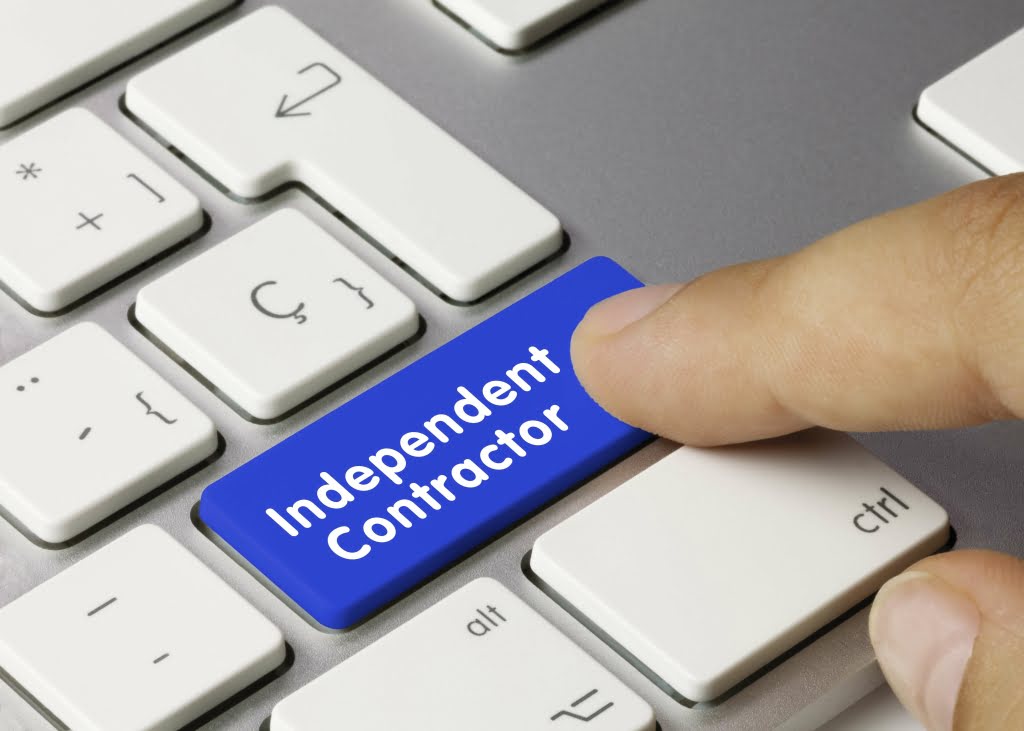
Whether you are looking to streamline your bookkeeping processes or seeking expert financial advice, Ledger Management is here to assist. Our goal is to help you understand and manage the financial flow of your plumbing business, paving the way for growth and profitability. Given the varied nature of plumbing work, it’s important to have a bookkeeping system that reflects this diversity. Detailed tracking of each project’s financial details ensures accurate billing and helps in assessing the profitability of each job type.
Specific Professions
- It’s no secret that running a plumbing business incurs a lot of necessary costs, such as tools, vehicles, payroll, office space, and advertising expenses.
- When it comes to tax season, having separate records makes it easier to identify and report your business income and deductible expenses.
- Implementing the best practices discussed above will help you to stay on top of your business finances, make informed decisions, and maximize profitability.
- It easily integrates with plumbing software such as ServiceTitan and simPRO, making it a one-stop-shop for all your accounting and plumbing needs.
- Effective bookkeeping is not just about compliance; it’s about understanding and managing the financial flow of your business.
- With Ledger Management, you have a partner ready to assist you in navigating the complexities of bookkeeping and financial management in the plumbing industry.
For plumbers and plumbing businesses, managing finances can often become complex. Between tracking materials and inventory, labor costs, income from various jobs, and navigating the specific tax laws related to plumbing work, bookkeeping can quickly become overwhelming. Our user-friendly software streamlines the bookkeeping process, while a dedicated team of professionals ensures accuracy and legal compliance. These experts are not just familiar with bookkeeping; they understand the specifics of the plumbing industry.
Services Provided by Ledger Management:
Talk to your plumbing company financial adviser about the best entity structure classification for your business. If you have not classified your company properly, you might pay unnecessarily high taxes. Your plumbing bookkeeping for plumbers company accountant can help you find the right classification for your situation, which might help you save on tax liability. As a plumbing company owner, there are two primary expenses your business incurs.

Pressure Testing Your Books: Robust Bookkeeping in Plumbing
We will coordinate and collaborate with your onsite team to ensure smooth communication and workflow integration. Your year-end tax accountant can help you review your books during tax season. Incorporating automated bookkeeping systems can revolutionize the way you manage your finances.
We offer tailored bookkeeping solutions to support plumbers in managing their finances more effectively. PlumbBooks is a premium online bookkeeping service for plumbing businesses, but we’ve grown over the years to serve a wide range of other home services professionals. First, a professional accountant can create a comprehensive and accurate picture of your cash inflows and outflows, making sure you have a grasp on where your money is going. They can help organize your financial records and receipts to ensure that everything is accurately recorded. Accounting services can significantly help manage your plumbing business’s cash flow effectively in several ways.
- The all-new FreshBooks now supports double-entry bookkeeping, to give you even more data about your plumbing company’s performance and insights about your growth potential.
- Efficient invoicing and proactive payment collection are key to maintaining a healthy cash flow.
- Proper bookkeeping is an important aspect of running a successful plumbing business.
- We know how much our clients value the tools they use to work with their customers.
- As a self-employed plumber, you’ll need to submit a self-assessment tax return, so getting familiar with each year’s tax brackets and deadlines is a good idea.
We get to know your business in and out and use our expert industry knowledge to help you make more money and grow your business faster. Second, accountants can assist you in the development of budgets and financial planning. Having a proper budget in place can help you maintain consistent cash flow and prevent overspending. If more information is needed from your end, they’ll promptly contact you.
While you may handle many aspects of your plumbing business independently, there are times when engaging the expertise of professionals can provide valuable support. When seeking professional help, choose reputable and experienced professionals who specialize in accounting, bookkeeping, and tax services for small businesses. Research their credentials, client reviews, and industry experience to ensure they are a good fit for your specific needs. Expert advice can help to save time, improve financial management, and ensure compliance with accounting and tax regulations.

Professional Help: Ledger Management

As a small business owner with over five years of experience, I have garnered valuable knowledge and insights across a diverse range of industries. My passion for entrepreneurship drives me to share my expertise with aspiring entrepreneurs, empowering them to turn their business dreams into reality. Liquid pump, as in condensater returns, and steamfitters, now referred to as pipefitters, also work with hot water heat and other process piping which carry liquids.
By having clear visibility into your financial data, you can make well-informed decisions that align with your business goals and objectives. Credit card statements often categorize expenses, which will allow you to see where your money went. It’s possible that you could visit a home improvement retailer to buy something for your https://www.bookstime.com/ home as well as for your business. Using separate cards for each purchase means that the work-related item will be properly tracked for the write-off. And the credit card is way better than using cash, where you may wind up with a receipt that you lose or can’t read when it’s time to balance your books or file your taxes.
From streamlining day-to-day financial operations to offering more accurate financial reports, accounting software can help improve efficiency and accuracy, ultimately leading to greater financial success. It includes features such as invoicing, expense tracking, and financial reporting. Bookkeeping helps track the cost and quantity of inventory, ensuring you have the right supplies when needed without overstocking. Additionally, keeping meticulous records helps ensure compliance with tax laws and regulations.…


